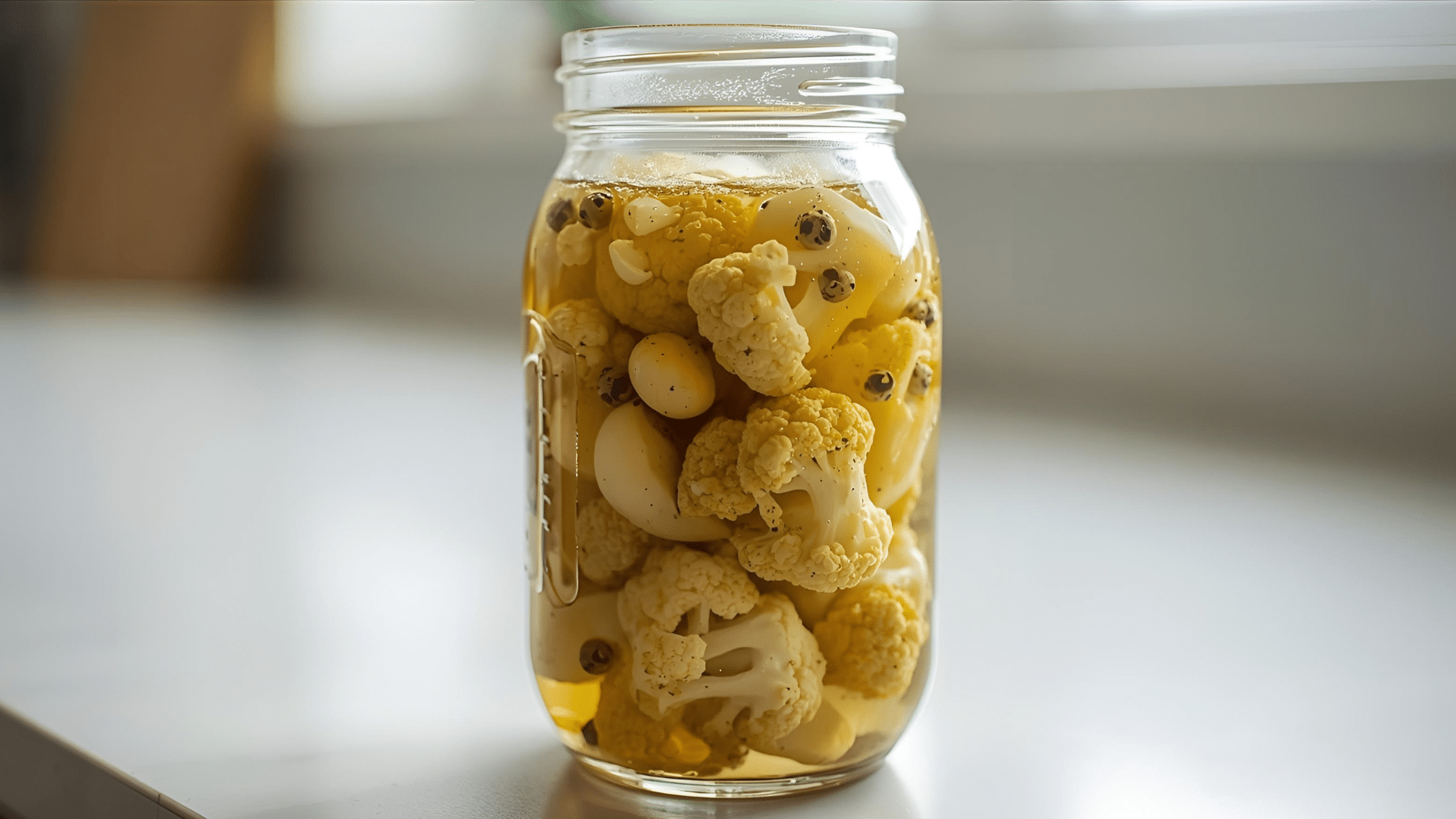Feeling like your body doesn’t match your age? You might be thinking about metabolic age.
I’m here to help you understand what it really means and how it affects you. If you’ve been trying to feel better, get more energy, or take control of your health, knowing your metabolic age can help.
I’ll walk you through what it is, how it’s figured out, and what you can do to lower it. You’ll also learn what habits might be raising it without you knowing.
My goal is to give you clear, simple info that actually makes sense and helps you make smart changes in your day-to-day life without feeling lost or overwhelmed.
What is the Meaning of Metabolic Age?
Metabolic age shows how healthy your body is compared to others your age. It’s based on your basal metabolic rate (BMR), which is how many calories your body burns at rest.
If your metabolic age is lower than your actual age, it means your body is in better shape than most people your age. If it’s higher, your body might not be as healthy. This number can go up or down based on your habits, like how much you move, what you eat, and how well you sleep.
Unlike your chronological age, which never changes, your metabolic age changes with your lifestyle. So, while your real age counts years, metabolic age shows how your body is really doing on the inside.
What Your Metabolic Age Reveals About Your Health
Metabolic age offers a snapshot of how your body is working compared to others your age. A lower number often points to better muscle health, stronger metabolism, and fewer early signs of problems like insulin resistance.
It can also mean your body is more efficient at using energy. A higher metabolic age, on the other hand, might suggest poor fitness or unhealthy habits.
This number can be a helpful early sign to take action, like adding movement, eating smarter, or sleeping better. But it’s not the whole story.
Blood pressure, heart health, and daily habits matter too. Metabolic age is useful, but it shouldn’t be the only number you watch.
Understanding BMR (Basal Metabolic Rate)
BMR stands for Basal Metabolic Rate. It’s the number of calories your body needs to do basic things—like breathing, keeping your heart beating, and keeping your organs working while you’re resting. Even if you lay in bed all day, your body still needs energy. That’s what BMR shows.
BMR isn’t the same for everyone. It can change depending on:
- Gender: Males often have a higher BMR than females.
- Age: BMR usually goes down as you get older.
- Muscle Mass: More muscle means a higher BMR. That’s because muscle burns more calories than fat, even when you’re not moving.
Other things like height, weight, and genetics can also affect your BMR, but these are the main ones.
1. How is Metabolic Age Calculated?
To find your metabolic age, first, your BMR is measured. This is often done using special machines at gyms or health centers. Some smart scales can also estimate it.
Once your BMR is known, it’s compared to the average BMR of people at different ages. For example, if your BMR matches the average BMR of a 25-year-old, then your metabolic age is 25.
So, if your metabolic age is lower than your real age, it usually means your body is working better than average. If it’s higher, it might be a sign you need to improve your habits.
2. Average BMR by Age
Your BMR changes as you age. It usually gets lower over time, which means your body burns fewer calories at rest. Here’s a quick look at the average BMR for men and women by age group:
Average BMR for Men (Per day)
Men usually have a higher BMR than women because they tend to have more muscle mass. Below is a general breakdown of average BMR numbers for men at different ages:
| Age Group | Average BMR (calories/day) |
|---|---|
| 20–29 | 1,800–2,000 |
| 30–39 | 1,750–1,950 |
| 40–49 | 1,700–1,900 |
| 50–59 | 1,650–1,850 |
| 60+ | 1,600–1,800 |
Average BMR for Women (Per day)
Women usually have a lower BMR than men. This is mostly because they tend to have less muscle and smaller body sizes. Here’s a general look at the average BMR for women based on age:
| Age Group | Average BMR (calories/day) |
|---|---|
| 20–29 | 1,500–1,700 |
| 30–39 | 1,450–1,650 |
| 40–49 | 1,400–1,600 |
| 50–59 | 1,350–1,550 |
| 60+ | 1,300–1,500 |
These numbers are just general. Your BMR can be higher or lower based on your body type, health, and muscle mass.
Why Your Metabolic Age Might Be Higher Than Your Real Age
A higher metabolic age often points to habits or health issues that slow down your body’s energy use. Eating too much processed food, skipping meals, or not getting enough nutrients can hurt your metabolism.
Sitting too much and moving too little also lowers your BMR over time. Lack of sleep and high stress make things worse by messing with your hormones.
Some health problems, like hormone imbalances, thyroid issues, or losing muscle with age, can also raise your metabolic age.
These changes make your body burn fewer calories, even at rest. The good news is, small changes in diet, sleep, and activity can help bring your metabolic age closer to your real age.
How to Reduce Metabolic Age
If your metabolic age is higher than your real age, don’t worry. The good news is, you can lower it by making a few smart changes to your daily habits. Here’s how to get started:
Build Lean Muscle Mass


Building muscle helps your body burn more calories, even when you’re resting. You don’t need to lift heavy weights to get started. Simple resistance workouts, like bodyweight squats, push-ups, or using resistance bands, are great for beginners.
Try to move throughout the day, not just during your workout. This is called NEAT (non-exercise activity), like walking, stretching, or doing chores.
These small movements help boost your calorie burn. Add strength training 2–3 times a week, and try to stay active daily. More muscle means a stronger body and a lower metabolic age.
Improve Nutrition


What you eat affects how your body works. To lower your metabolic age, focus on whole foods like fruits, vegetables, lean meats, fish, beans, and whole grains.
Protein helps build and keep muscle. Fiber helps digestion and keeps you full longer. Try to avoid too much sugar, fried food, and processed carbs like white bread or chips.
These foods can slow your metabolism and add extra fat. Drink enough water every day. Eating balanced meals with protein, healthy fats, and fiber keeps your energy steady and helps your body burn calories better over time.
Better Sleep and Stress Control


Not sleeping enough or feeling stressed all the time can raise your metabolic age. When you’re tired or stressed, your body makes more cortisol, a stress hormone that can lead to fat gain and slower metabolism.
Good sleep helps your body recover, rebuild muscle, and keep hormones balanced. Aim for 7–9 hours of sleep every night. Try to go to bed and wake up at the same time every day.
Simple things like breathing exercises, short walks, or quiet time can help lower stress. Better sleep and less stress mean better energy and a healthier metabolism.
Stay Consistent With Exercise


Exercise helps lower your metabolic age – but it works best when you keep at it. A mix of cardio (like walking, biking, or dancing) and strength training builds muscle and burns fat. You don’t need a gym. Home workouts and daily walks help too.
Try to move every day, even if it’s just for 10–15 minutes. Taking the stairs, stretching in the morning, or walking after meals adds up. The key is to be steady.
You don’t need to do a lot at once; just stay active and keep your body moving each day to see long-term results.
Myths and Misunderstandings
One common myth is that a lower metabolic age is always better. That’s not true. A very low number doesn’t mean you’re in perfect health; it could mean the formula doesn’t fit your body type or lifestyle.
It’s also easy to get caught up in the numbers and start checking them too often. But tracking too much can lead to stress or poor habits. Metabolic age is just one tool, not the full picture.
Here are more common misunderstandings:
- It’s a final health score: Metabolic age is not the full answer. It’s one part of your health story, not the whole book.
- You can change it overnight: Real change takes time. Crash diets or quick fixes won’t lower your metabolic age in a healthy way.
- It’s always 100% accurate: Smart scales and fitness tools give estimates, not perfect results. They can be helpful, but not exact.
- Everyone should aim for the same number: What’s healthy for one person might not be right for someone else. Body types and needs are different.
Don’t let the number stress you out. Focus on healthy habits that make you feel better, not just what shows up on the screen.
Conclusion
Now that you’ve made it this far, I hope this helped you understand what metabolic age is for you. It’s not just a health number; it’s a way to check how your body’s doing and where you might want to make small changes.
You don’t have to do everything at once. Just start with one habit that feels doable. Maybe that means getting more sleep, eating more real food, or adding a short walk to your day.
I’m really glad you took the time to read this. You’re already doing something good for yourself. If you’re ready to keep going,
I’ve got more blogs made just for you. Check other blogs on the website for more simple, clear, and easy-to-follow information!










